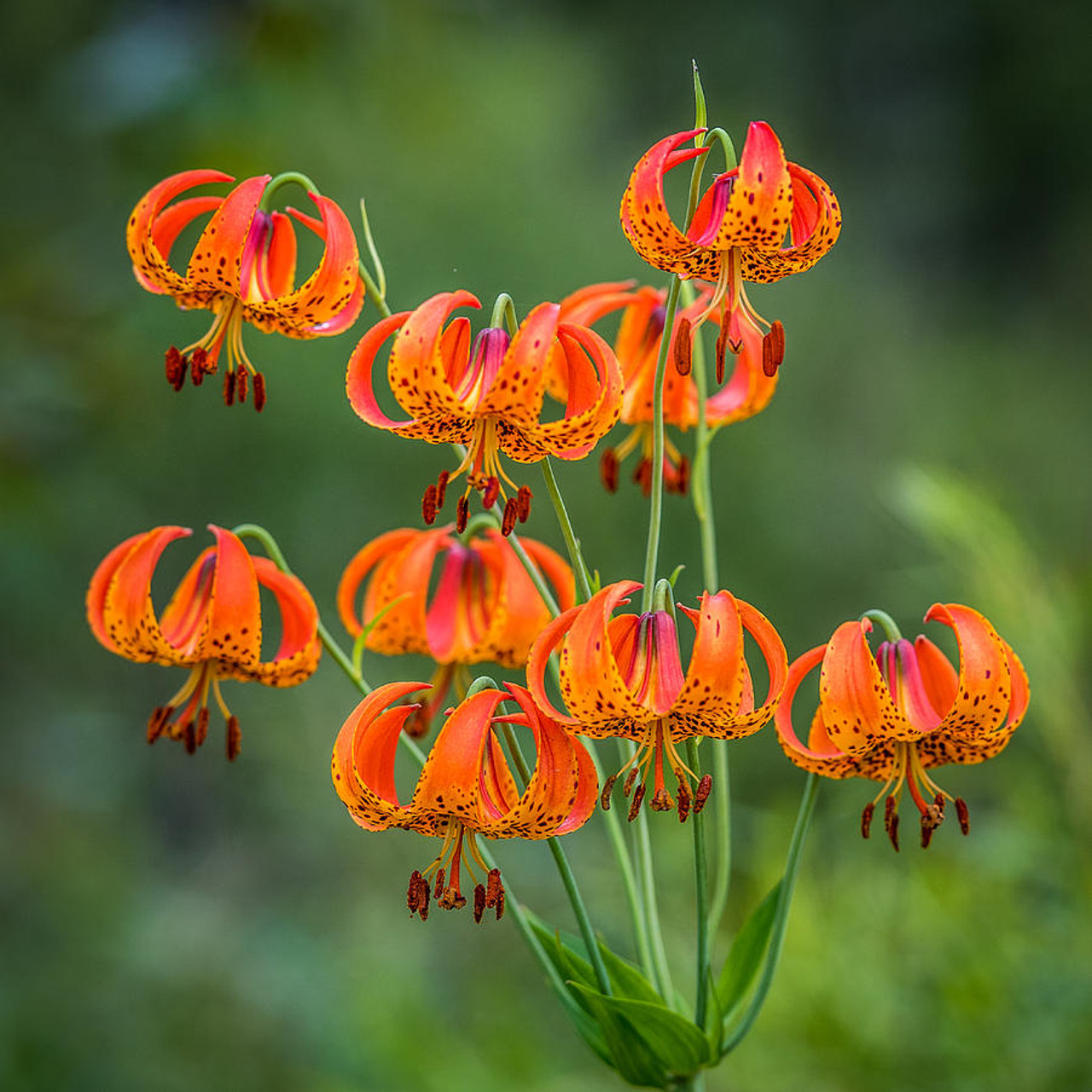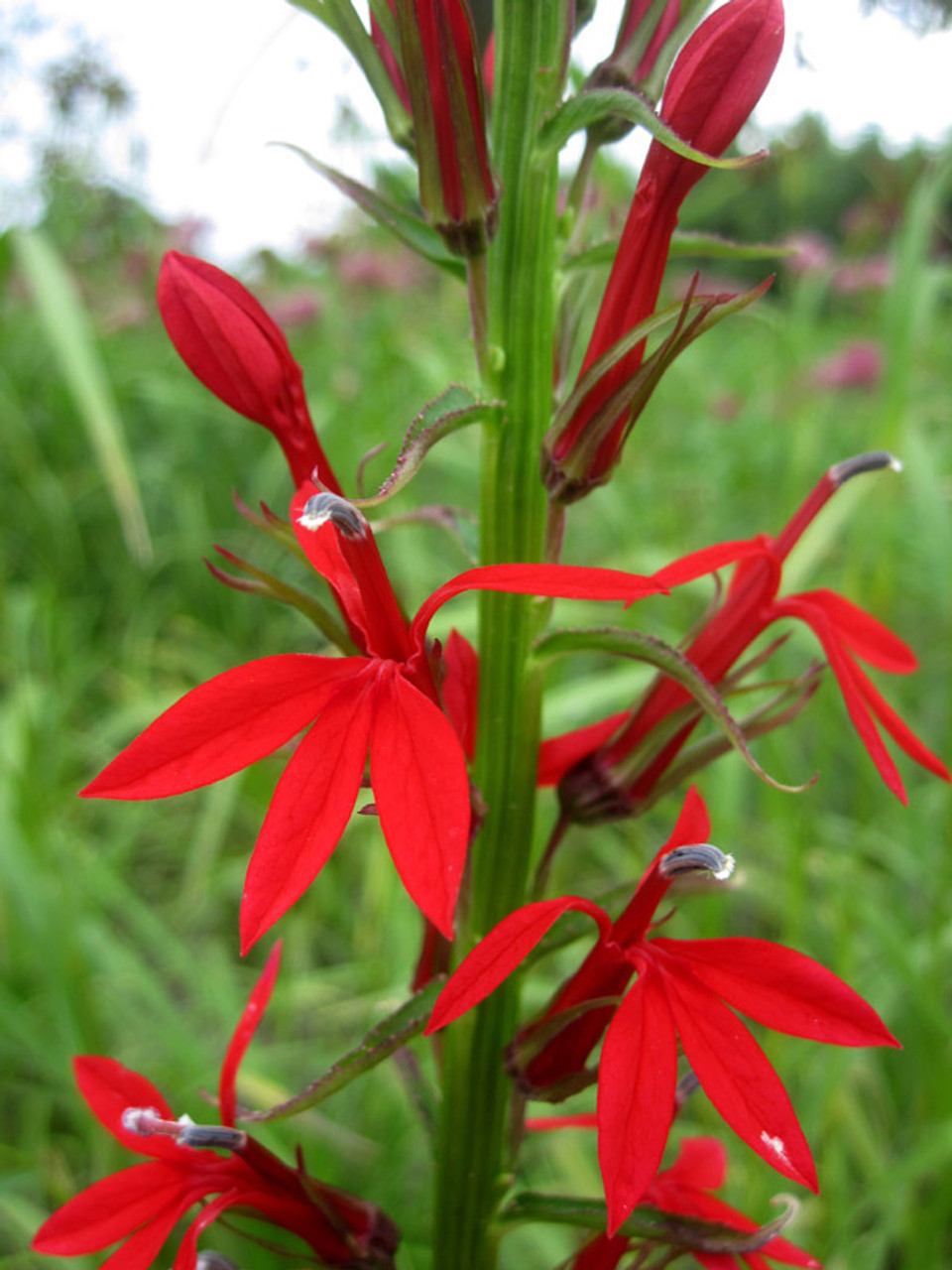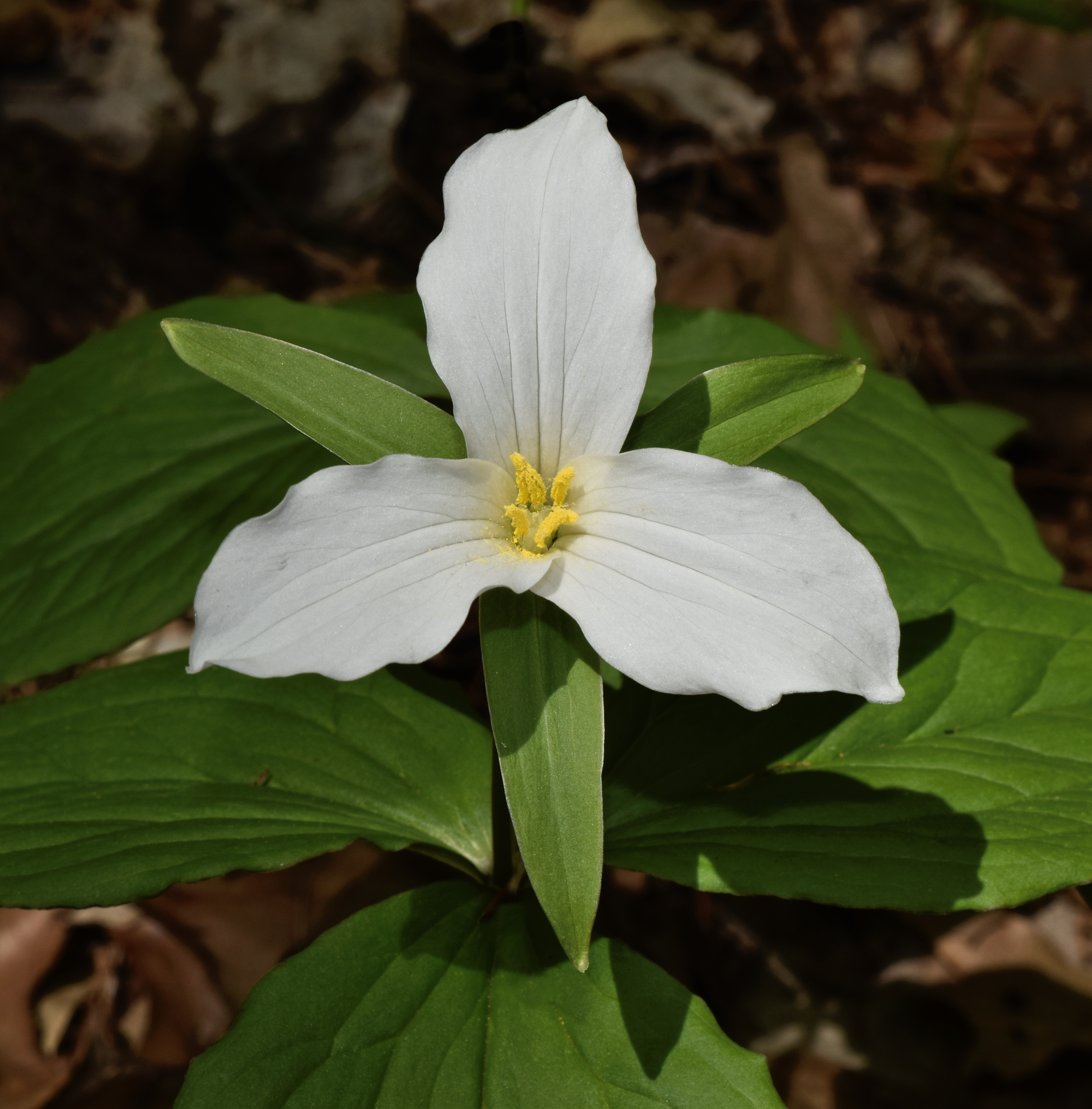10th Mar 2023
3 Best Native Perennials for long lasting blooms
Perennials are plants that live for over two years and can be a great addition to any garden. Turk Cap Lily, Red Cardinal Flower, and White Trillium are all examples of perennials.
Turk Cap Lily (Lilium superbum) is a beautiful perennial that produces vibrant orange flowers with dark spots. The Turk's Cap Lily can grow up to 6 feet tall and thrives best in full sun to partial shade. Lilium Superbum blooms in late summer to early fall and attracts butterflies and hummingbirds.
Red Cardinal Flower (Lobelia cardinalis) is another stunning perennial with bright red flowers that attract hummingbirds and butterflies. It grows up to 4 feet in the right conditions and prefers partial shade to full sun. The Red Cardinal flowers blooms from mid-summer to early fall and can be found in wet areas like marshes, swamps, and stream banks.
White Trillium (Trillium grandiflorum) is a woodland perennial that stuns beautiful white flowers in the spring. It can reach up to 18 inches tall and prefers partial to full shade. White trillium blooms from April to May and can be found in moist, well-drained soil in woodland areas.
These three perennials are beautiful additions to any garden and can provide color and interest throughout the growing season.
Planting native perennials can greatly add beauty and diversity to your garden while supporting local ecosystems. Here are some steps to ensure healthy plants when planting native perennials:
- Choose the right location: Native perennials are adapted to the local soil and climate, so choose a location that provides the right amount of sunlight, soil moisture, and drainage for the specific plants you are planting. Also, consider the size of the plants when mature and space them accordingly.
- Prepare the soil: Prepare the planting area by removing any weeds or debris and loosening the soil to a depth of at least 6 inches. Native perennials generally prefer well-drained soil, so add organic matter like compost or leaf mold if necessary.
- Select and obtain plants: Select native perennials suited for the specific location and growing conditions. Plants can be obtained from local nurseries, online retailers, or botanical gardens.
- Plant the perennials: Dig a hole deep enough to accommodate the plant's roots and at least twice as wide as the rootball. Place the plant in the hole, ensuring the top of the root rhizome is level with the soil surface. Fill the hole with soil, firming it gently around the plant. Water the plant deeply after planting to help settle the soil.
- Mulch and Water: Apply a 2-3 inch layer of mulch to the planting area around the plant to ensure moisture is retained and suppress weeds. Water the plant deeply and regularly, especially during dry spells or until the plant is established.
- Maintain the plants: Native perennials generally require little maintenance once established, but pruning and dividing may sometimes be necessary. Keep a watch out for pests and diseases and address them promptly.
Following these steps, you can successfully plant and maintain native perennials that will thrive and contribute to the local ecosystem.




